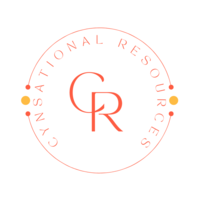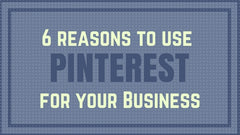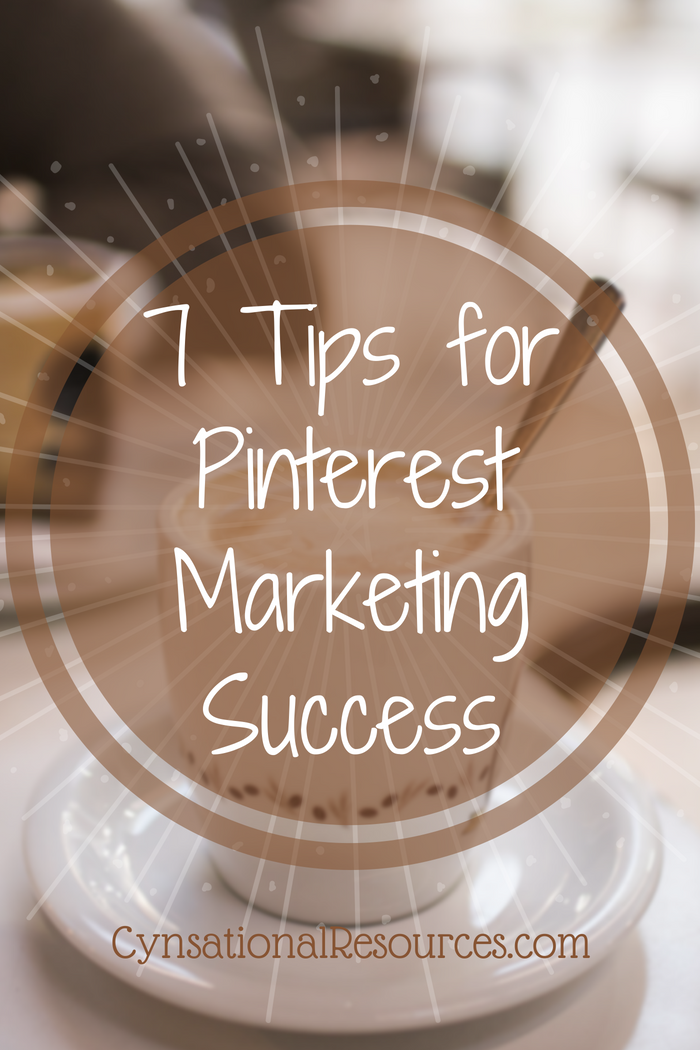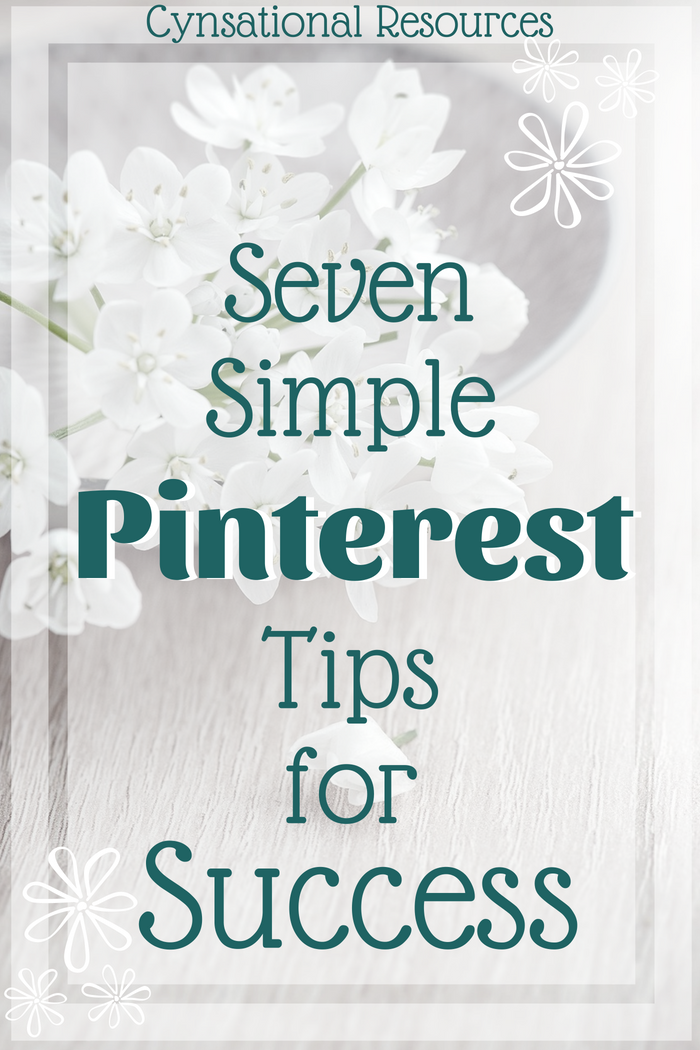UPDATED June 2020
You already know that Pinterest is a must for your business. (6 Reasons to use Pinterest). And you know how to use the Analytics on Pinterest to supercharge your efforts. (Pinterest Analytics).

Here are 7 more tips on how to up your Pinterest marketing results:
1. Claim your website
Sounds simple enough, but often this step is overlooked. You can claim your website with a meta tag or by uploading an HTML file to your website. Either way, you will need to know how to add HTML code. If you don’t have someone who edits code for you, you can do it yourself. Although it sounds intimidating, it is fairly simple. The Pinterest Help center has step by step instructions. (HINT: if your website is hosted on an ecommerce site like Shopify, the Help desk may be able to assist you.)
Why do you need to claim your website? According to Pinterest, pins from a claimed domain get preferential distribution.
After you binge watch something on Netflix, you will find that your home screen is full of other titles that are similar to the show you just watched. The Netflix algorithm will suggest titles based on the movies and series you have watched. For instance, if you watched Breaking Bad, the algorithm will suggest Better Call Saul.
The Pinterest algorithm is similar. When someone pins something from one your boards, they will see similar pins from that board in their Home Feed. What does that mean for your Pinterest marketing strategy? Your boards need to be focused on what your target audience wants to see.
Your board subject need to focused, but not too narrow. If you are writing a cooking blog, you probably will have boards for different meals or food types, but a board focused on black squid may be too narrow.
TIP: Type your board names into the search to determine if your board title is something people are searching.
Finally, make sure your board is in the right category.

When you set up your board, select the best category. Pinterest offers 32 categories plus “Other”. Don’t use the “Other” category. It’s the bargain bin of categories.
3. Pin Title and Descriptions
Pinterest now has a Pin Title section to complete. Add a descriptive title using your keywords - but don't keyword stuff this section!
Add good descriptions to all pins and boards. A good description increases the chances that the Search tool will find and show your boards and pins in the search results.
Board descriptions should include keywords and a brief explanation of what type of pins people will find on your board.
Your pin description should also include keywords. (Take the time to research appropriate keywords). Discoverable keywords in your pin title and description will keep your pin in search results for months or even years.
4. Hashtags
Yes, hashtags. Until recently, hashtags were a No-No on Pinterest. Now, you can use them to enhance your board’s and pin’s search results. Use up to 20 in the description. (Don’t worry about adding them to old pins.)
5. Consistent Activity.
I hear it all the time: “I don’t have time to pin every day.”
Yet, to be discovered by your target audience, you need consistent pinning. This is where schedulers like Tailwind are invaluable.
You need to pin a combination of your pins and other people’s pins. Your boards should have a relevant pins from your domain plus pins from others on the same topic. I know that sounds counter intuitive if you are trying to drive traffic to your website. But you want to create a board that people want to follow and reference.
Once someone is following you or one of your boards, your pins will appear in their Following Feed. The Following Feed is chronological. Take advantage of it by scheduling pins throughout the day.
6. Holiday Pins
Remember that Pinterest is a search engine. People go to Pinterest for ideas, research and inspiration and will save pins for later. This is especially true for holidays like Christmas or Halloween. A great costume idea pin may be saved in July and referenced in October when it’s time for a Halloween costume.
Consider the lead time on holiday pins when you are planning your content. It may feel unnatural to pin ‘Back to School’ in July, or great Turkey recipes in October, but your pins may find a home on many planners’ boards.
7. Links
Make sure your pin links to a landing page (sales page, blog post, product page, etc.). People expect to click on a pin to learn more or even make a purchase so make sure to include a link for every pin.
Happy Pinning!
Disclosure: Please note that some of the links above are affiliate links. At no cost to you, I will earn a small commission if you decide to make a purchase after clicking through the link. I only link to companies I use and recommend without reservation. If you decide to buy through my links, I will do a happy dance. Thank you for reading my blog post.







